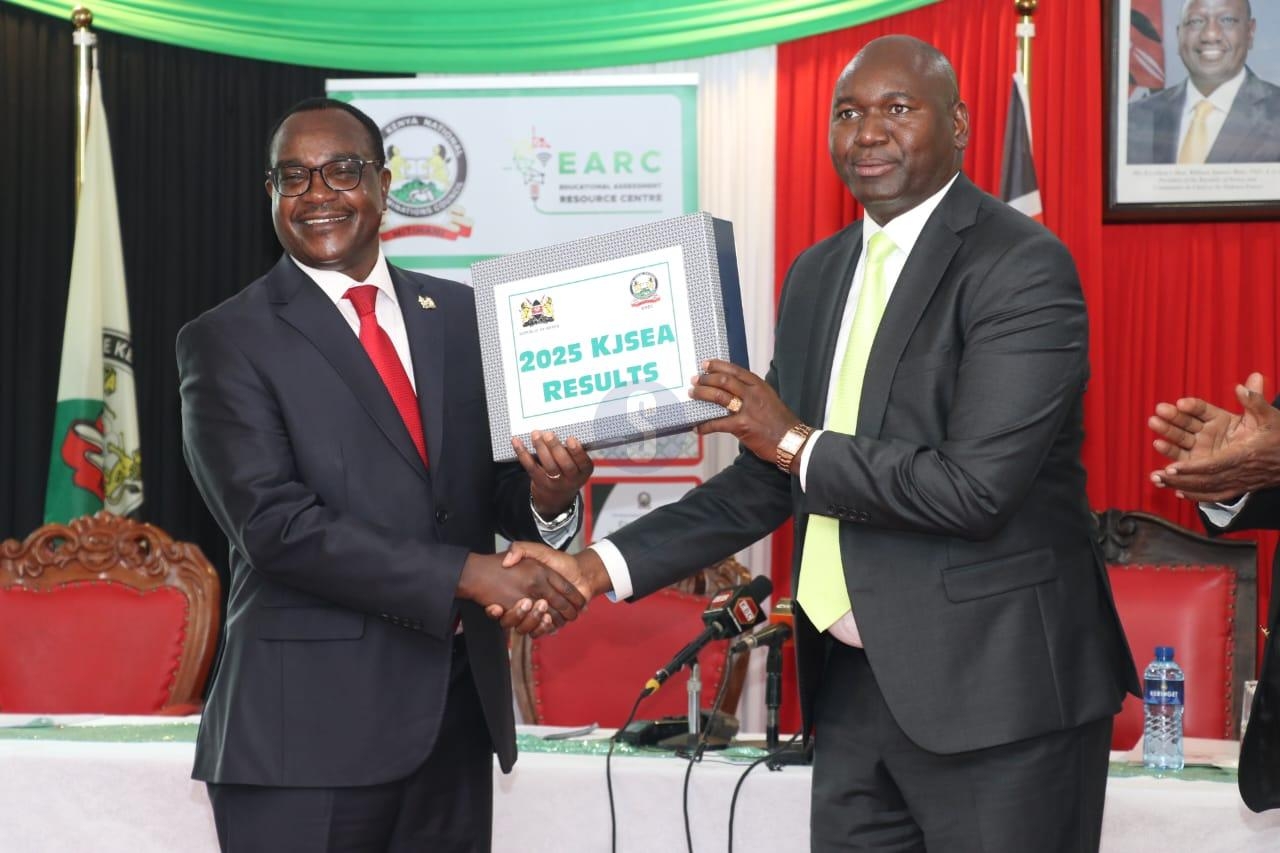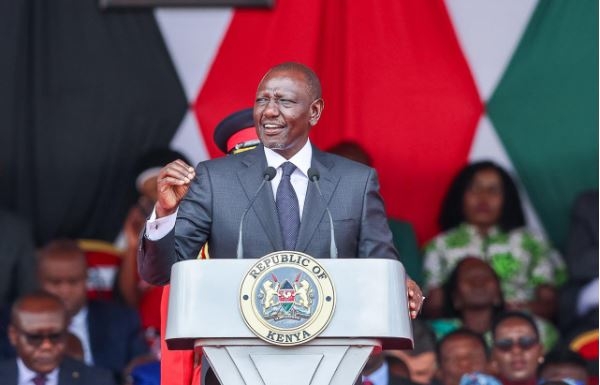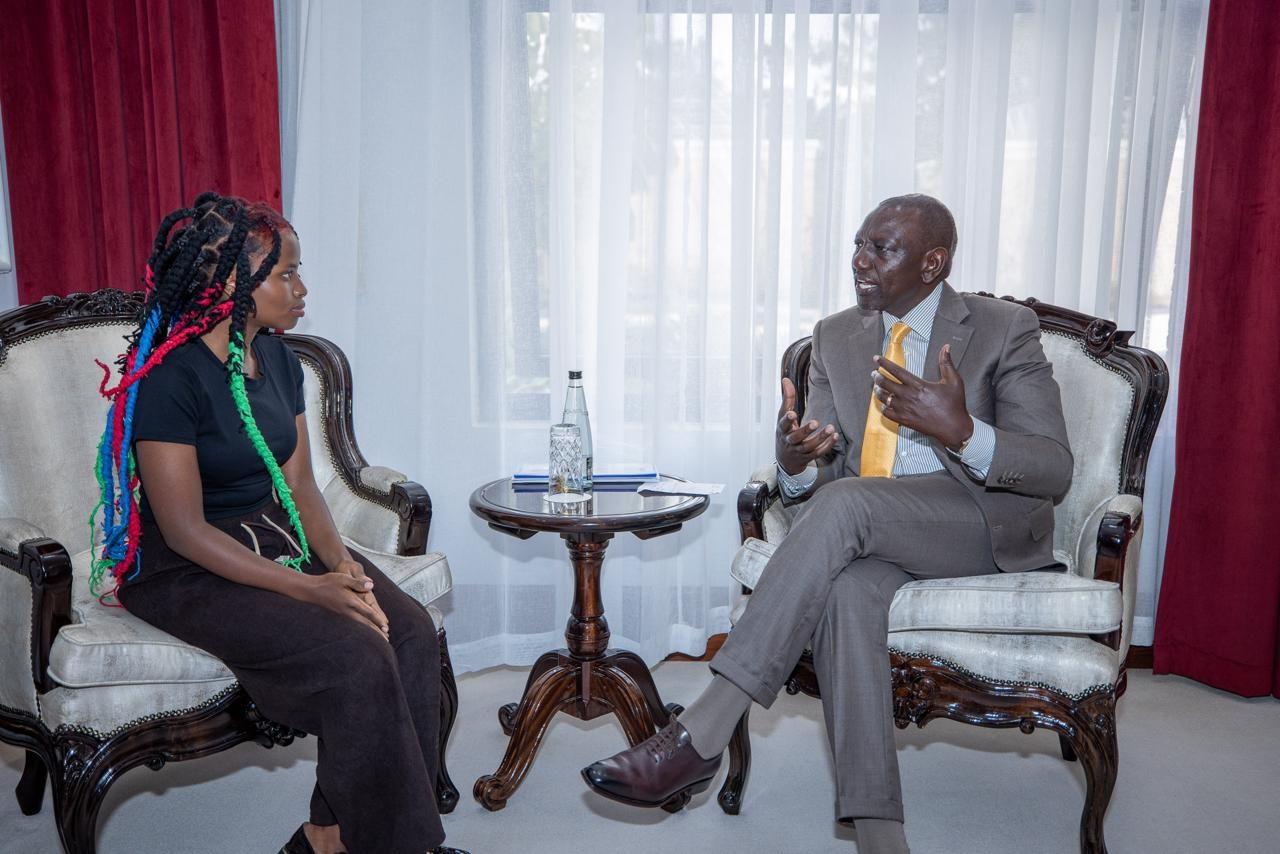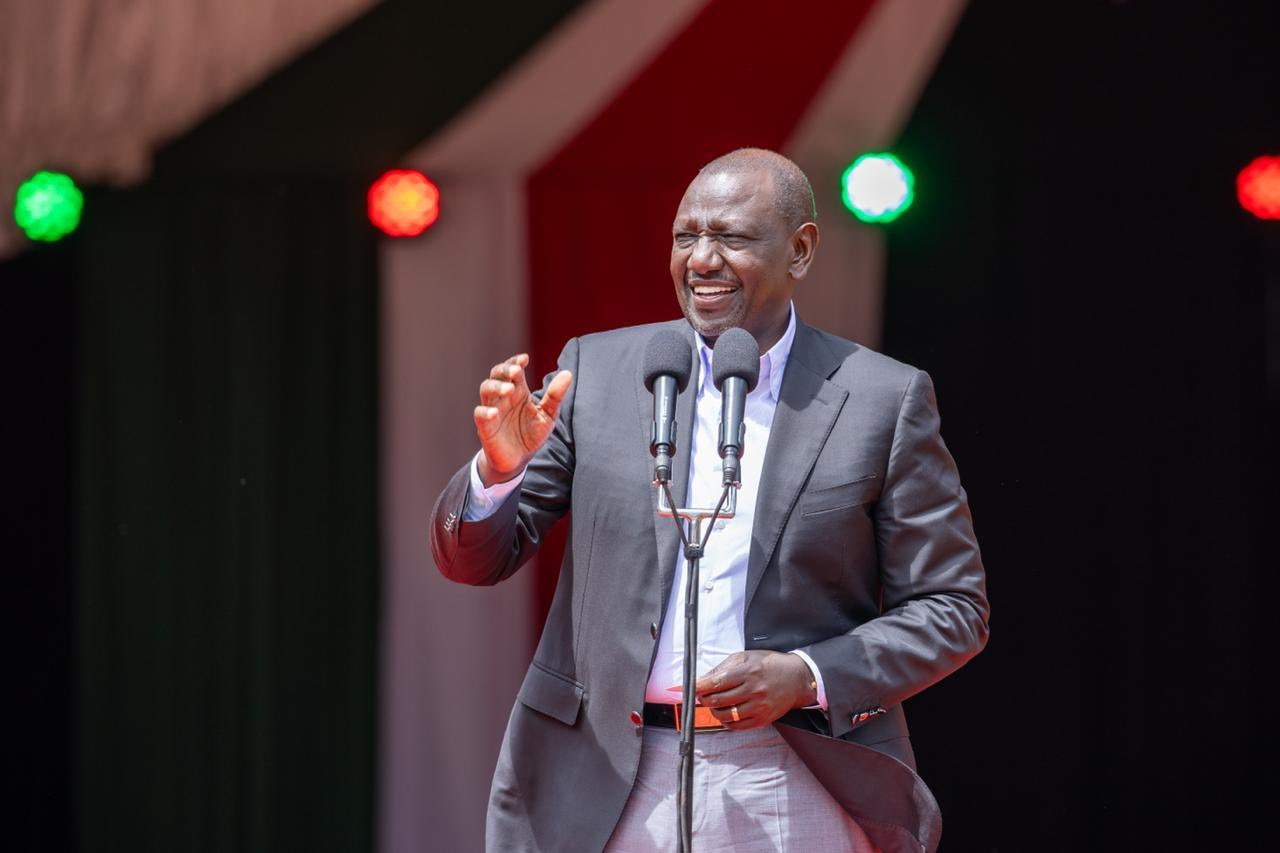
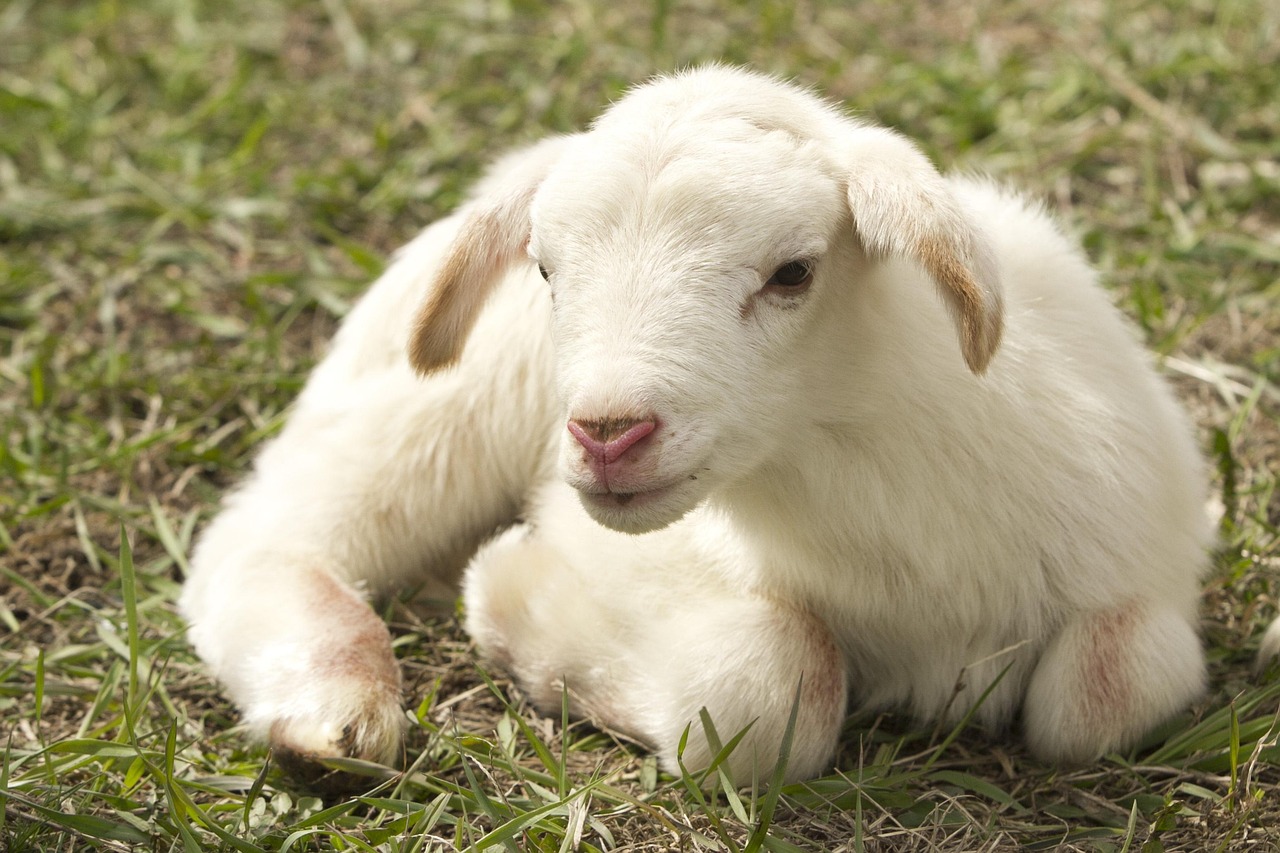
It was a place marked by the slow, warm light of early mornings, the sun filtering softly through the loquat leaves that lined the dusty road beside the Muslim nursery school where I learned my first art and language lessons at age six.
The school sat quietly near the Muslim cemetery, its stillness a gentle contrast to the distant hum of traffic along Uganda Road, known in Nairobi as Uhuru Highway. That year, our education system was undergoing a significant shift. The old 7-4-2-3 curriculum was giving way to the new 844 system, and with it, a new way of thinking about schooling and learning.
At the heart of our little multi-coloured classroom was bespectacled Aunt Flavia, our headmistress and teacher. She was a warm presence, a woman of interracial background and fair, flamboyant sundresses. She introduced us to the world of language through songs and nursery rhymes. Baa Baa Black Sheep and London Bridge were the foundation of our learning. They helped us develop listening, speaking, reading and writing skills in a way that was fun and accessible.
Of all the rhymes I learned, one stood out most clearly in my memory: Mary Had a Little Lamb. Unlike the noisy fall of Humpty Dumpty or the repetitive chant of London Bridge, Mary’s story was gentle. It told of a little lamb with fleece as white as snow that followed Mary everywhere she went, even to school, breaking rules but delighting children with its innocent disobedience.
Aunt Flavia’s voice carried the poem into the room with warmth and clarity, weaving a story of loyalty and love that felt both simple and profound. I could almost imagine the softness of that lamb’s fleece, a tender echo of innocence and affection that crossed oceans to reach us in Eldoret.
Today, reflecting on that Mary song, I realise how much it meant to us as Kenyan children growing up during that time. It was a bridge to a world beyond our own, a gentle introduction to language and imagination, wrapped in simple words and melody. Yet, when this week I attended a preschool graduation for one of my own children and tried to get the kids to sing along, I was met with blank stares. Gen Alphas belong to a different generation, shaped by different songs, stories and cultural influences.
This moment struck me deeply. It felt like a quiet marker of how much education and culture evolve over time, leaving behind some traditions even as they bring in new ones. The nursery rhymes that once formed the soundtrack of my early learning are no longer a staple in classrooms here. And while that change reflects growth and adaptation, it also creates a bittersweet sense of nostalgia for a fading Kenyan memory.
GETTING AN EPIPHANY
Years later, as I moved into the world of literary criticism and taught my own poetry seminars at university, I found myself revisiting Mary Had a Little Lamb with fresh eyes.
What once seemed like a simple children’s rhyme opened up into a rich text layered with meaning, depending on the perspective from which it was read. It became clear that even nursery rhymes play a role in shaping ideas and values. Preschool poetry is innocent fun and ideology-shaping text.
From a postcolonial perspective, for instance, this little song reveals subtle power dynamics. Mary can be seen as a symbol of authority, perhaps representing the colonial figure, while the lamb, obedient and white, reflects the colonised subject whose identity is shaped by following and being controlled.
The lamb’s “breaking of the rule” by following Mary to school can be interpreted as a quiet challenge to established order. The teacher’s dismissal of the lamb and its patient waiting outside symbolise the ongoing tensions between control and resistance under colonial rule. In this light, the rhyme becomes a microcosm of colonial power relations, cleverly disguised in a children’s poem.
If you choose to read through a feminist lens, you find out that Mary’s silence in the poem speaks to the limited voice women and girls often have in society and literature. The lamb’s loyalty aligns with traditional ideas about femininity, gentle, caring and nurturing. It highlights how these roles can be confining.
The teacher’s authority policing the lamb’s presence parallels how social norms regulate behaviour and define women’s roles narrowly. The teacher’s explanation that the lamb loves Mary “because Mary loves the lamb” reflects how female identity is often shaped and validated by others rather than through women’s own voices.
A deconstructive reading goes even further, breaking down the simple binaries of human/animal, obedience/choice, and silence/voice that the poem seems to set up. The lamb’s agency is ambiguous: Is it simply obedient or does it choose to follow Mary? Mary’s silence may suggest either power or passivity.



